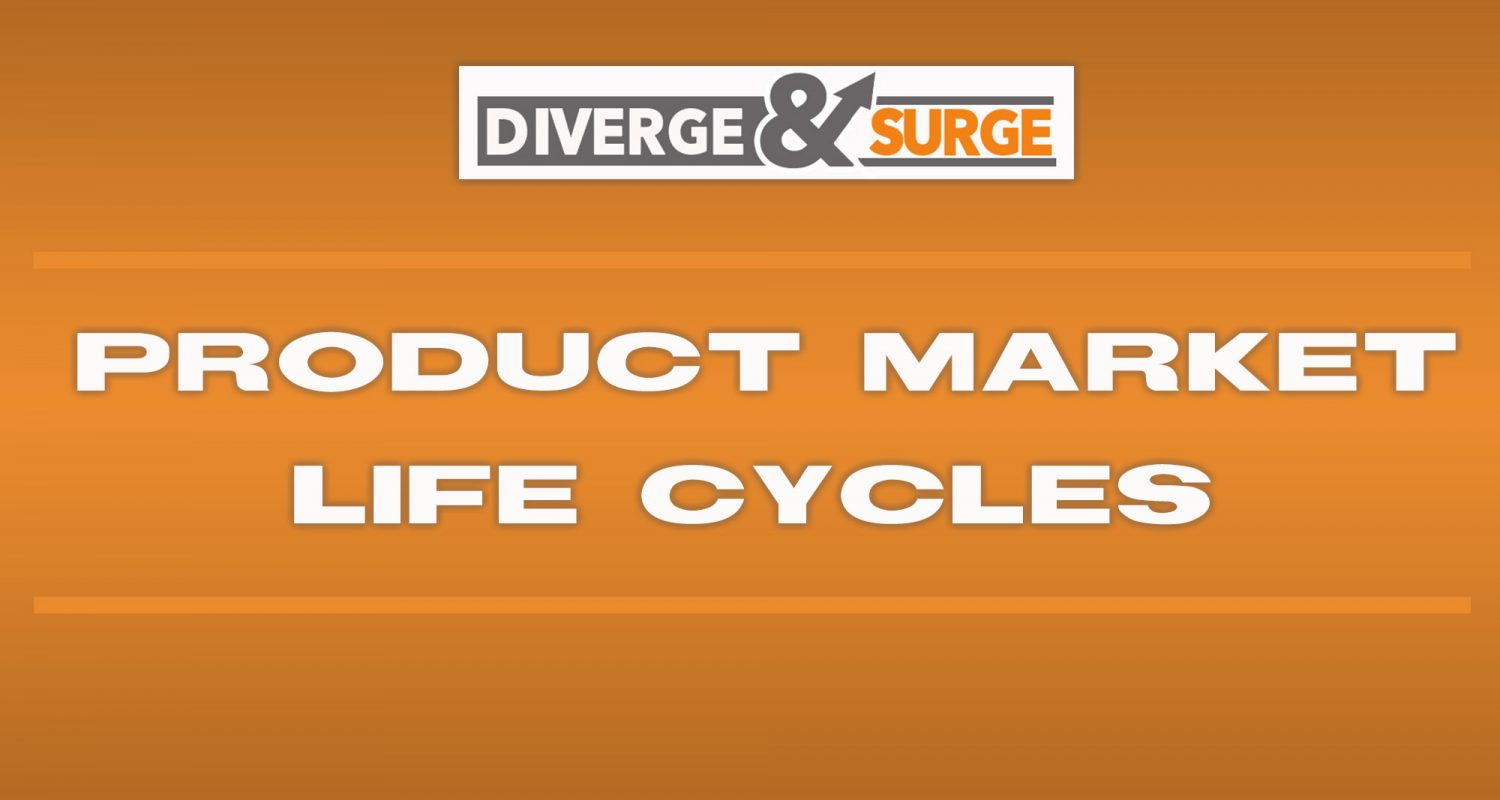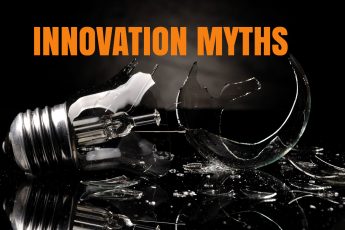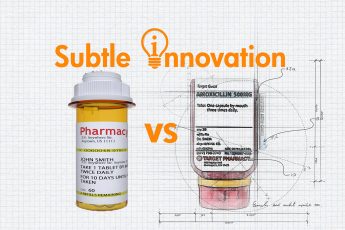
How to Understand the Product Market Life Cycle
Before you start any innovation project, business transformation initiative or reinvention efforts, take a step back first. Lay the groundwork by accurately assessing where in the product market life cycle your current products and services reside.
In the simplest of terms, the market life cycle of a product or service means the period of time that your customers want to purchase a given product or service. Every new product goes through four basic stages during this life cycle. (Moving forward, I’ll combine “service” with “product” just to simplify, as the stages are fairly similar for each.)
What are the four stages of a product market life cycle?
Stage One: Introduction
In this stage, a new product is introduced to the market and minimal competition exists. The product is either an entirely brand-new product for a market, an existing product to a new market, or a drastically different product to an existing market. The market size at this point is small and first adopters start using the product.
Stage Two: Growth
Here, the market experiences growth and the product starts to become mainstream for the market. Acceptance of the product into the market fuels the growth, as does the introduction of new competition. With the product concept now proven, sales increase. The product tends to become more feature-rich to differentiate from the competition in the market.
Stage Three: Saturation/Maturity
Next, the product matures. The market experiences minimal growth and sales begin to flatten. Most of the mainstream and late adopters already use the product. Meanwhile, the early adopters are already investigating new products in their introduction stage. Margins start shrinking and competition grows fierce, often based on cost. During this saturation stage, less successful competitors begin leaving the market.
Stage Four: Decline/Death
Finally, product demand, sales and margins shrink, as does the competition. This product no longer solves the problem or the need that other products now provide. The product’s mass market disappears, with most companies now focused on either holding on as long as they can in niche markets or working on new products.

Many products never survive the Decline Stage and simply just disappear. Prime examples? Typewriters and film camera products. While they might still exist in some specialized capacity, they’re no longer mainstream products with a strong, thriving customer base.
How long does the product market life cycle last?
The product market life cycle stages play out differently for all products. Depending on the market, this life cycle can happen very quickly or very slowly. For example, computer storage solutions saw a fast product market life cycle, while typewriters experienced a slow product market life cycle.
Also, don’t think of the four stages as equal in terms of how long each one lasts. Certain products have an extremely fast introduction stage and longer growth stages. Other products have slower introduction stages and shorter growth stages. Some products have no maturity stages–they go directly from growth to decline.
What factors affect the product market life cycle’s length?
The three factors that play into the length of a product’s market life cycle include how well the product solves the problem, how well the market accepts the product, and what other competing products exist in the market.
Let’s look at two different examples:
- Typewriter: The maturity stage lasted very long. Small advances in the product gave some companies a small competitive edge in the market. Overall, minimal new competitors popped up and companies started leaving the market. But once personal computers became affordable, typewriters moved into the decline stage.
- IOMEGA Zip 100 drive: Revolutionary at the time, the super floppy disk drive product experienced a five-year market life cycle from introduction to sharp decline. New products from competitors with increased storage capacities pushed this product quickly to the decline stage.
Typically, advancing technology that produces better, faster, cheaper and larger capacities pushes older products into the decline stage. As technology improves, the product life cycle for technological products is becoming shorter and shorter. Compared to the longevity of the typewriter (which was introduced in 1874 and had a great run until the mid-1980’s), the Zip 100 drive had about 5% of the market life cycle that the typewriter enjoyed.
The bottom line
Understanding and identifying which stage of the product market life cycle your product lives will be key for your company’s future strategies. In the next blog post, I’ll discuss which strategies to apply depending on where your product is in the product market life cycle.




